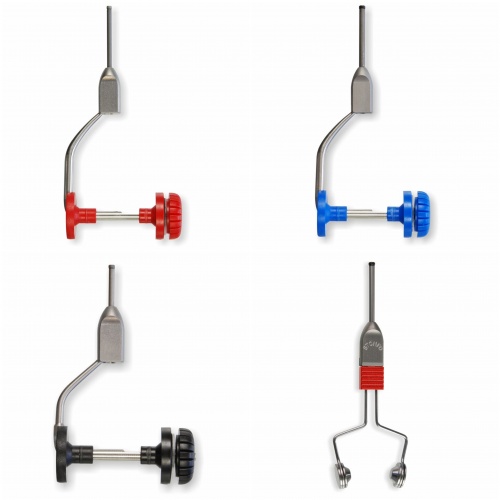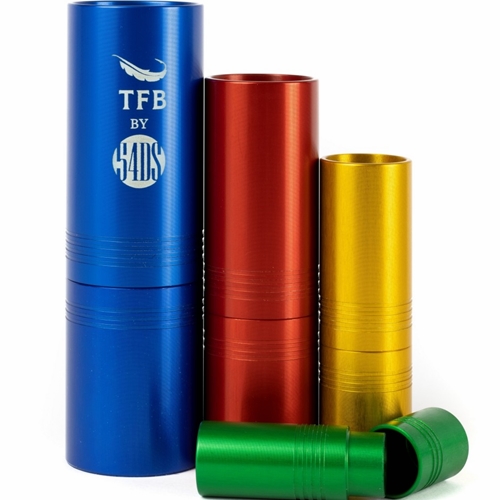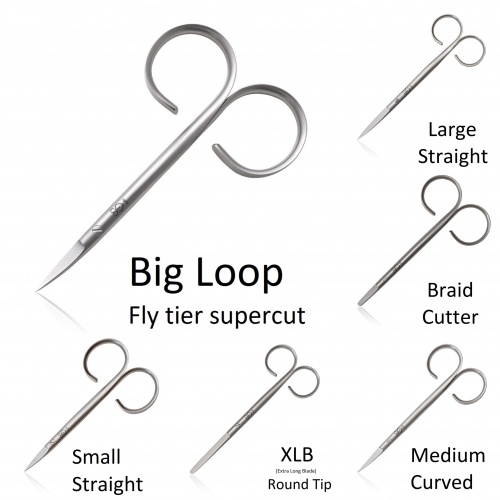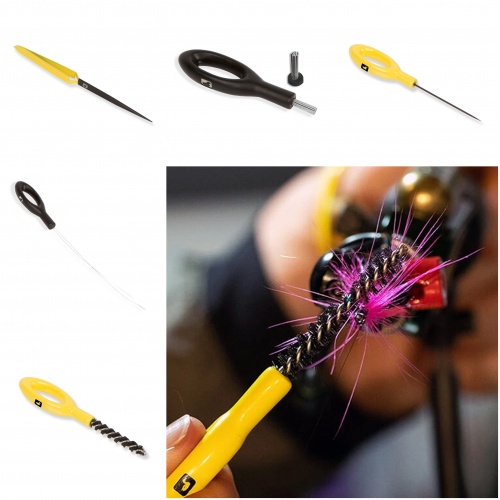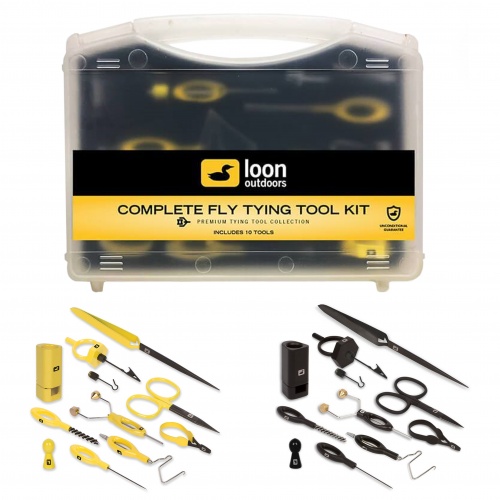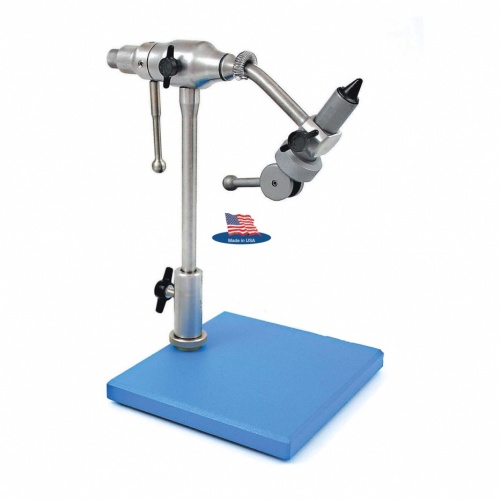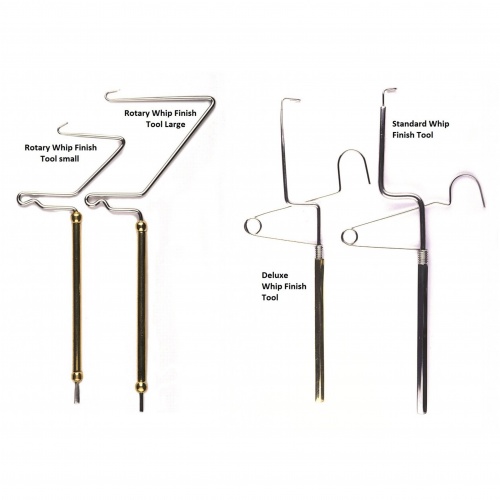Dawson's Olive Zonker Tying Guide
 The original Dawson’s Olive utilises marabou for the wing and tail. A body of olive chenille is then ribbed with flat gold tinsel and to finish the fly, a throat hackle of dyed blue guinea fowl feathers. Whilst marabou remains mobile, part of the problem is it can be a tad fragile. Increasing durability and providing a different action the use of a rabbit, or mink zonker strips give this Dawson’s Olive a new lease of life. The dyed guinea remains the same, as does the chenille body.
The original Dawson’s Olive utilises marabou for the wing and tail. A body of olive chenille is then ribbed with flat gold tinsel and to finish the fly, a throat hackle of dyed blue guinea fowl feathers. Whilst marabou remains mobile, part of the problem is it can be a tad fragile. Increasing durability and providing a different action the use of a rabbit, or mink zonker strips give this Dawson’s Olive a new lease of life. The dyed guinea remains the same, as does the chenille body.
Hook: Kamasan B830 / Kamasan B200 size 8-10
Thread: Semperfli Classic Waxed Thread 8/0 Black
Weight (opt’l): Adhesive Lead Foil
Rib: Semperfli 0.2mm Wire Bright Gold / Semperfli 0.2mm Wire Light Gold
Tail: Veniard Rabbit Zonker Yellow / Veniard Mink Zonker
Body: Semperfli Suede Chenille Golden Olive
Wing: Veniard Rabbit Zonker Olive / Veniard Mink Zonker
Throat Hackle: Veniard Guinea Fowl Hackles Yellow
- Use fine flat lead to cover the first two thirds of the hook shank. Wind over with tying thread and catch in the gold wire rib, finishing at hook bend.
- Trim the front end of the yellow zonker strip (tail) and secure at the hook bend. Now, wind on olive chenille. Finish with the thread behind the hook eye.
- Attach the olive dyed zonker wing at the eye of the hook and lay across back of fly. Using slight tension (take care not to over stretch), secure the rear of the wing with a turn of the gold wire rib, at the rear of the fly.
- Maintaining tension on the rib cut the olive wing to just behind the turn of wire, leaving a small tag as security. Wet the olive wing and stroke the mink fibres upright, 90 degrees to the hook shank.
- Begin winding the wire rib, take care not to apply tension when winding over the back of the body, as the wing can be twisted off its central plane.
- A dubbing needle is useful to make the initial parting, as you can then drop the turn of wire in to this, trapping the minimum amount of fibres.
- Having secured the rib at the head, select a bunch of guinea fowl fibres from a hackle. I find it best to position the fly upside down when placing throat hackles. Tie in the hackle and build up a small head before whip finishing.
 Try an articulated knot when tying on your fly as this gives it unparalleled movement, especially where more mobile patterns like the Dawson’s Olive are being used: The Lefty Loop takes some beating
Try an articulated knot when tying on your fly as this gives it unparalleled movement, especially where more mobile patterns like the Dawson’s Olive are being used: The Lefty Loop takes some beating
Rio Products have an amazing video with 7 knots for attaching a fly to leader/tippet material, and how to tie them...
The 2nd to last Homer Rhodes is a close match to Lefty Loop!







